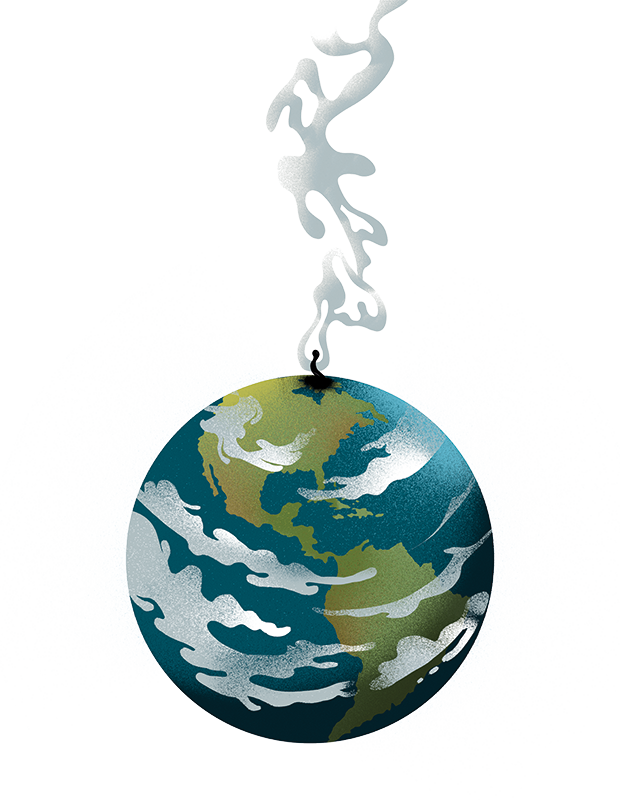The Christmas elf is so familiar now that it could easily be the first character you think of when you hear the word ‘elf’ – outside of J. R. R. Tolkien’s works, that is.
The very recent Christmas custom of the ‘Elf on the Shelf’ has lately brought elves to particular prominence in the modern British Christmas. But how did Santa Claus – whose origin as a folkloric transmogrification of St Nicholas is well known – acquire elves as helpers, and who are they? The origins of the modern Christmas elf turn out to be both complex and surprising, simultaneously ancient and very modern.
In the earliest sources which depict Santa living in Lapland, he is assisted not by elves but by benevolent witches
The link between Santa Claus and elves was established in Clement Clarke Moore’s beloved 1823 poem A Visit from St Nicholas, now better known by its opening line ‘’Twas the Night Before Christmas’. Here, Santa Claus is ‘chubby and plump, a right jolly old elf’. The idea that Santa is himself an elf is not one we often encounter again, but Moore’s poem set up the initial association.
It was only in the late 19th century that elves began to be depicted as Santa’s servants, perhaps because of two important developments in the mythology of Santa Claus.
Firstly, Santa Claus came to be identified with Father Christmas. Before then, they were two separate folkloric figures. In England, from at least the 17th century, Father Christmas was the personification of the Christmas season and portrayed as a bearded old man. Santa Claus, meanwhile, was descended from Saint Nicholas, the fourth-century Greek bishop.
Once the two traditions combined, Santa came to live at the North Pole. Father Christmas, as the personification of midwinter, naturally inhabited the coldest, furthest north; and by the early 1870s Santa Claus lived there too.
The earliest references to Santa’s elves do not portray them as dwelling in the far north. There is a passing mention to ‘Christmas elves’ in Louisa M. Alcott’s story A Christmas Dream, and How It Came True from 1882. In The Conquest of Santa Claus, a ‘Christmas entertainment’ by Caroline Creevy and Margaret Sangster, published in Harper’s Young People magazine in November 1894, a group of elves arrive offering to help Santa Claus distribute presents. But they come ‘from deep green woods’. When, then, did Santa’s elves migrate north?
Once again we need to return to A Visit from St Nicholas, where Santa’s sleigh is pulled by reindeer. Reindeer, as well as being associated with the Arctic region in general, are associated specifically with the reindeer-herding Sámi people of northern Finland and Scandinavia. As early as the 17th-century, poet George Daniel referred to ‘Lapland women’ as ‘those Elves’ in his Trinarchodia. In the early 19th century Sir Walter Scott had speculated that legends of elves and fairies derived from indigenous, nomadic peoples like the ‘Lapps’ (today known as the Sámi).
There was a long tradition of associating the Sámi with magic and witchcraft, and indeed the Sámi had their own Christmas tradition that supernatural beings called the ‘Christmas men’ came into Sámi settlements and helped around the home during the 12 days of Christmas. Indeed, these 12 days were among the most important in the Sámi calendar, since they were one of the few times of the year when large communities of the nomadic reindeer-herders had the chance to gather and celebrate a festival together.
In the earliest sources which depict Santa living in Lapland, he is assisted not by elves but by benevolent witches, which reflected Lapland’s ancient reputation for witchcraft. It was not until the 1960s that Santa was routinely said to live in Lapland and to be assisted by elves – a tradition largely created by the Finnish tourist industry, primarily in the Sámi town of Rovaniemi.
Rovaniemi was the greatest Sámi siida (seasonal settlement) from the late Middle Ages onwards, and in the 1960s and 70s people liked to be photographed next to a sign there marking the Arctic Circle. By the late 70s Rovaniemi was marketing itself as the home of Santa Claus and the location of his workshop, and the brightly coloured traditional costumes, pointed hats and curled boots of Sámi people (and non-Sámi people who also wore them) contributed to the popular image of Christmas elves – an association often now deplored by the Sámi themselves.
Santa’s elves are therefore a creative mingling of ancient and modern elements. Craftsman elves are a feature of ancient Scandinavian mythology, and the modern appearance of Santa’s elves is influenced by genuine Sámi costume. But the idea that elves help Santa only arrived in the late 19th century, while the location of their workshop in Lapland (or Sápmi) was a gimmick of the late 20th-century tourist industry.







Comments